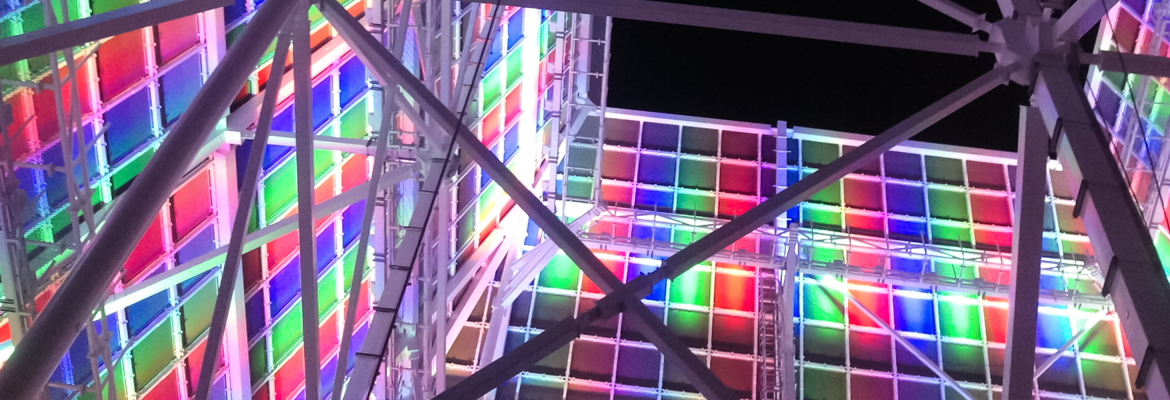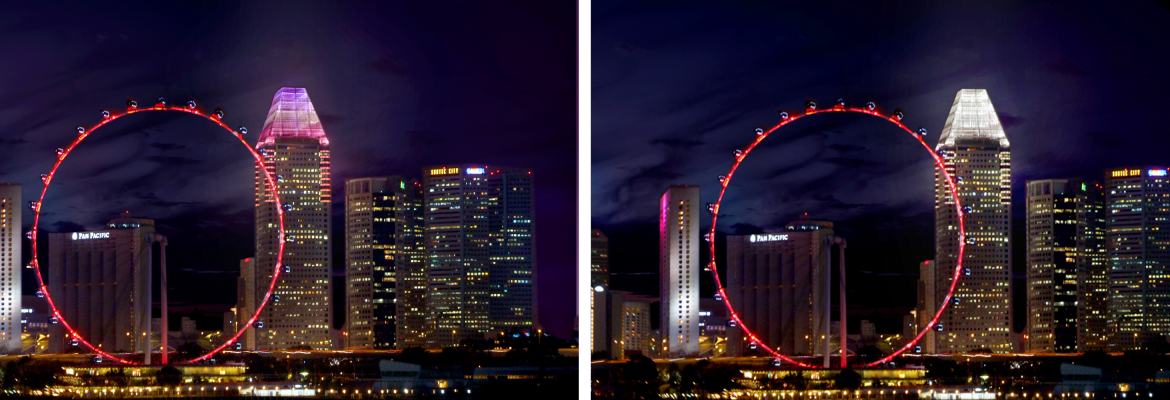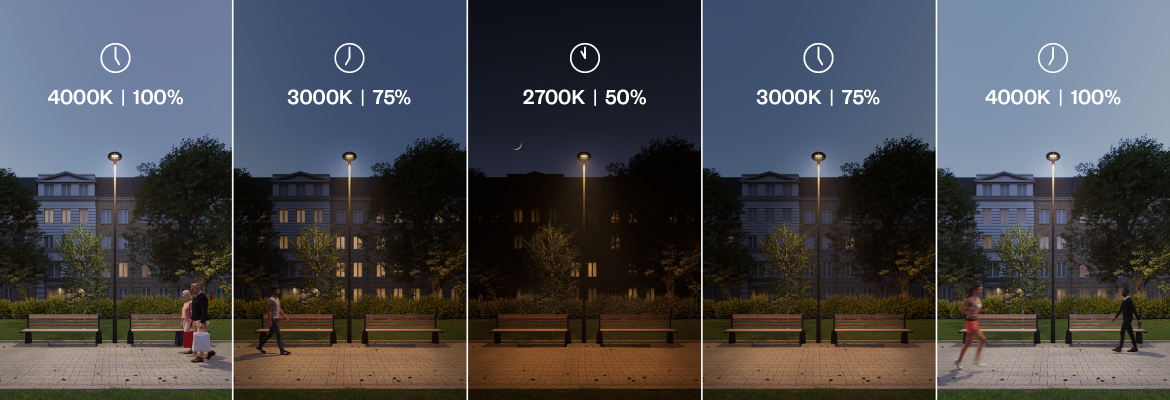Light Quality: Your complete guide to LED selection
August 2021
August 2021

Given the huge range of products on offer, choosing the best luminaire can be an overwhelming task for any project. When compared to Incandescent, Halogen and CFL bulbs, LEDs are undoubtedly the most efficient source of lighting; they last much longer, consume less energy and emit very little heat. The added benefits associated with LEDs are an exceptional colour range, reliability, directional lighting and instant illumination to name a few.
LEDs are becoming an increasingly popular choice; however, we understand the difficulty consumers face when choosing between an individually selected LED or a pre-packaged cluster. Quality, consistency and performance are all important factors to consider, and gaining an understanding of colour mixing and how to create the perfect white will provide you with the relevant knowledge to make an informed decision and choose the right luminaire for you.
Colour mixing with LEDs is the key to achieving both beautiful and effective results; it is important to select the right LED combination to successfully create your desired look and colour. The range from warm and rich, to vivid and bright colours is known as Correlated Colour Temperature (CCT) which is measured in degrees Kelvin on a scale from 1000 to 10,000. Unlike measuring temperature in degrees Celsius, the warmer a bulb’s light is, the lower its temperature will be. A cooler temperature will have a higher value. Fixtures with red, green, blue and amber LEDs (RGBA) create warm, rich colours, whilst fixtures with red, green, blue and white LEDs (RGBW) create vivid, bright colours.
RGB (red, green and blue) colour mixing was the first type of colour mixing used in LED fixtures, and is still the most commonly used today. Colour mixing works by combining two different wavelengths of light to create a new colour. For example, mixing green light with red light will result in a yellow colour.

The combination of using several LEDs in a cluster makes it possible to produce nearly any colour, however for a pre-packaged set it is important to consider the variability associated with the manufacturing process which can lead to slight differences in intensity and colour, ultimately impacting the overall consistency and final colour produced.
Commonly chosen 6000K 70CRI chips in pre-packaged LEDs may offer greater lumen output and therefore greater efficacy, however the usefulness of an extreme cool white device, even tinted warm with the RGB devices, still results in a lower CRI (Colour Rendering Index) output. If the product is mixed poorly this may cause multiple colour shadows to encroach over surfaces that aren’t 100% flat. Therefore, when considering the right application for your project, it is best to select a high quality fixed CCT (Correlated Colour Temperature) portion of the luminaire to avoid the need to mix other primary colours.
Choosing individual LEDs provides endless possibilities in the selection of dominant wavelengths when considering the gamut area (a measure of colour rendering based upon volume in colour space) or range. This results in far greater consistency in both response and colour between the product ranges. Selecting a 445nm Royal Blue with really strong hot pinks will cause materials to stand out, whilst choosing a regular Blue 465+nm may result in the pinks and purples looking faded/washed out.
Good quality lighting plays an important role in creating the right ambience for any design concept, particularly within the retail, healthcare, commercial and hospitality sectors. It is a common fact that lighting can directly impact retail sales and the overall customer experience, and for healthcare in particular, colour consistency can be vital for doctors and nurses conducting medical examinations and assessing changes to a patient’s skin tone, which can be fundamental to a diagnosis.
Colour consistency of LEDs is crucial for a successful end result on all lighting projects and can be the hardest element to achieve. There has been an increasing shift in consumers choosing individual LEDs over pre-packaged clusters with separate LEDs creating extremely high quality white or fixed CCT devices. This is reflected in our product offering and enables us offer different CCT RGBW population, and in most cases 90CRI. This would be a favourable option for office buildings that tend to require a general subtle and tasteful white, perhaps with an occasional accenting colour for individual corporate branding or a specific event.

In the last few years, Tunable white lighting has become an increasingly popular choice for use in a variety of applications. As with the selection of individual LEDs for RGBW/RGBA, Tunable white shares many of the same components, sometimes with an added three channel population which allows you to adjust the colour throughout the day from 1700K (Candlelight) to 5700K 90CRI (Daylight). It is then possible to use the third or middle channel to move the transition (@ 2700K 80CRI(Tungsten)) much closer to the Planckian locus – the path of an incandescent black body colour at different temperatures otherwise referred to as ‘natural light’.
Some Tunable white products have two sets of controllable phosphor-coated (PC) LEDs, one with a warm-white colour and the second with a cool-white colour. When only two white PC LEDs are selected, the manufacturer must choose where the mixed colours of white will lie, relative to the blackbody curve. Although Tunable white systems span candlelight to daylight, there are Tunable white systems that offer a much smaller range, which should only be considered as a decorative option.

The selection of individual LEDs for Tunable white is a popular choice for lighting schemes making it possible to imitate the colour and brightness shifts depending on the time of day. It is worth noting that this type of LED is selected for lighting schemes where high quality light for fantastic colour rendition is desired, but also those requiring circadian or human centric lighting. If the right colour temperature and illuminance is achieved, Tunable white can enhance well-being in areas such as offices and educational institutions, hospitals and care homes.
As mentioned previously, if a product is mixed poorly it may create colour shadows. This is still the case with Tunable whites and it is not always clear how well they are performing. Generally speaking, the greater the selection, the better the colour appearance and reliability; cheaper pre-packaged clusters may advertise good colour performance, however there is little certainty that they perform as well.
Contact Us